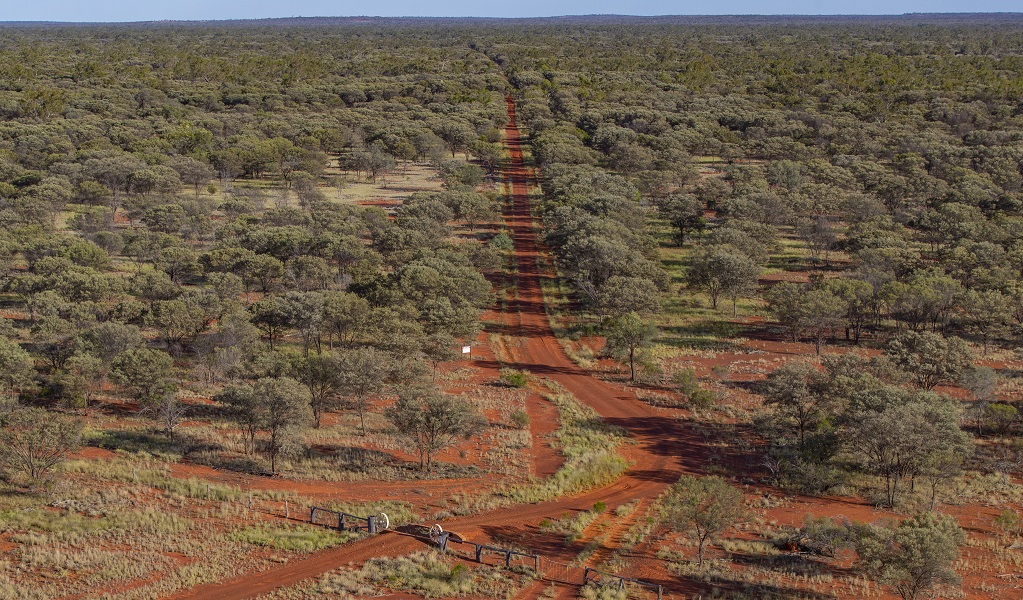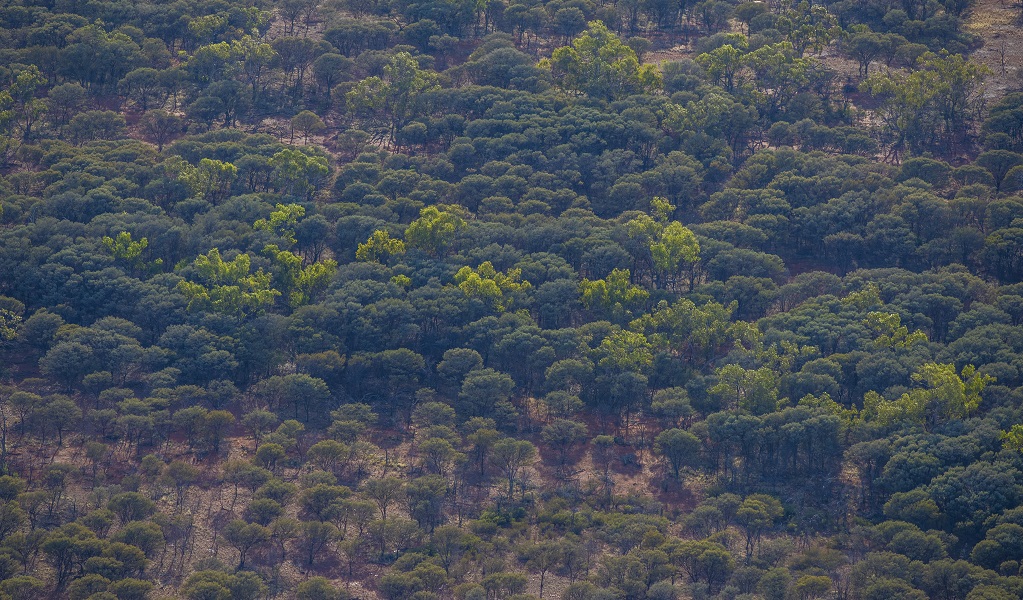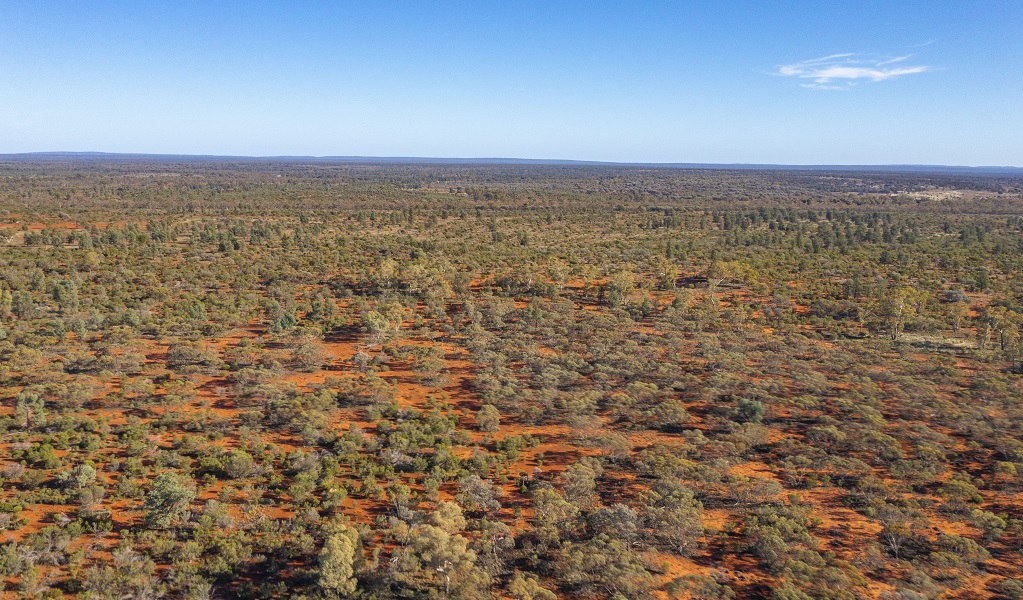Carbon sequestration projects
NSW National Parks and Wildlife Service is planning to be carbon positive by 2028. This means that, by 2028, we’ll remove more carbon dioxide from the atmosphere than we generate in our operations.
Read more about Carbon sequestration projects
NSW national parks are the centrepiece in efforts to halt and reverse biodiversity loss and protect ecosystems in NSW. They also protect carbon stocks and create opportunities for carbon sequestration – the process of capturing and removing carbon dioxide from Earth’s atmosphere.
To achieve our 2028 target, we're going to increase the carbon sequestration rate across NSW national parks with a range of activities, including:
- regenerating and restoring vegetation through feral animal control and other land management practices
- replanting of vegetation and potential improvements in soil carbon.
We've started this effort with 3 carbon sequestration projects registered under the Australian Carbon Credit Unit (ACCU) Scheme. These projects are the first of their kind for NSW National Parks and Wildlife Service (NPWS).
Each carbon project is designed to enhance vegetation growth, achieve native forest regeneration and ensure that carbon sequestration is consistent with biodiversity conservation. The renewed native vegetation captures and stores additional carbon in the landscape and generates carbon credits. These credits can be used to offset emissions produced by NPWS in different operational activities.
In line with approved ACCU Scheme methods, our current projects involve:
- Human-induced regeneration – we’re encouraging natural regeneration of native forests through weed management and feral animal control at Koonaburra and Brindingabba national parks in north-west NSW.
- Environmental planting – we’re doing strategic planting to establish native forest across a large range of NSW national parks.
Email us for further information.
Parks related to this program
- Brindingabba National Park
- Koonaburra National Park
- Kosciuszko National Park
- Brindabella National Park
- Willi Willi National Park
- Everlasting Swamp National Park
- Capertee National Park
- Hat Head National Park
- Kwiambal National Park
- Lachlan Valley National Park
- Yanga National Park
- Cattai National Park
- Tinderry Nature Reserve
- Arakoola Nature Reserve
- Gwydir Wetlands State Conservation Area
- Monga State Conservation Area



